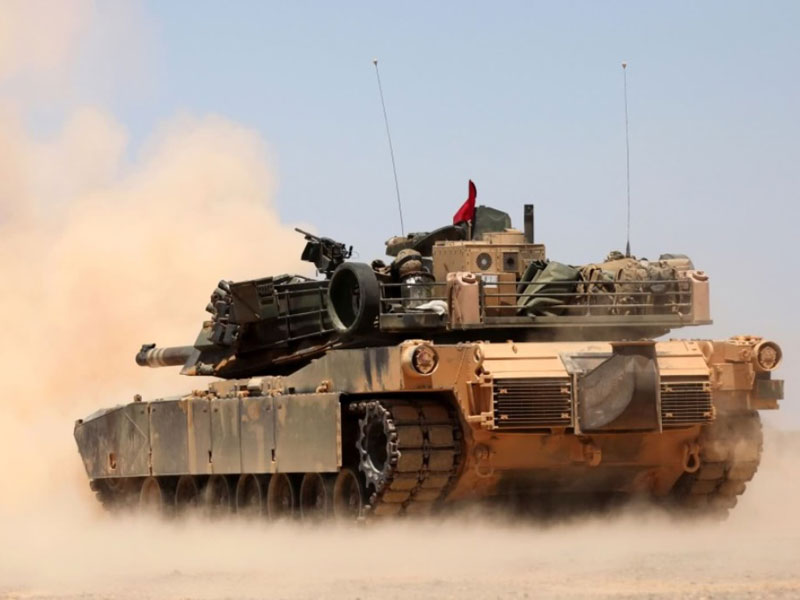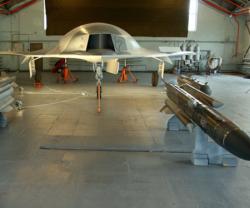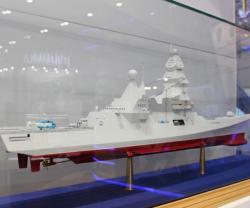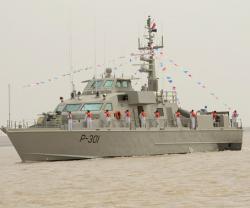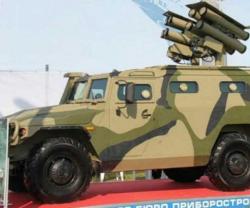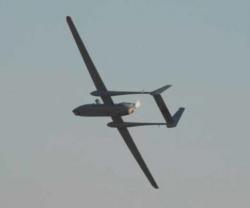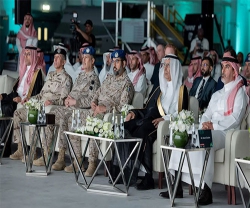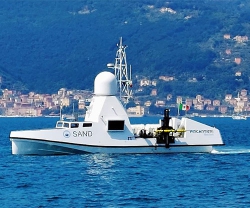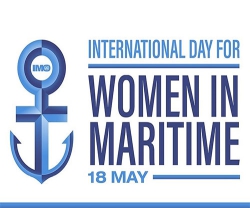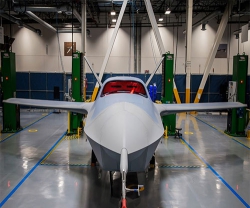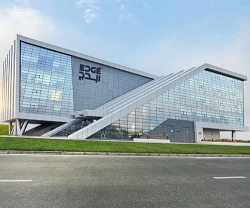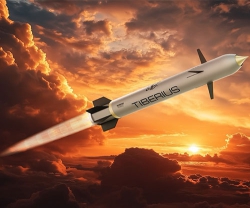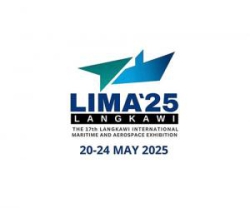The aim of the missions is stated as being the defense of a minority group known as the Yazidis, who practice a religion unique to themselves and are under threat by the Islamic State, a jihadi group that controls a large chunk of territory in Syria and Iraq.
The Islamic State - which has declared itself to be the new caliphate - has had an incredible string of military successes over the last few months. They've taken a lot of territory. They've slaughtered a lot of people, including civilians. They've imposed what they say is Islamic law - though many Islamic scholars would beg to disagree.
And Islamic State has captured an enormous amount of US weaponry, originally intended for the rebuild Iraqi Army. You know - the one that collapsed in terror in front of the Islamic State, back when they were just ISIL? The ones who dropped their uniforms, and rifles and ran away?
They left behind the bigger equipment, too, including M1 Abrams tanks (about $6 million each), 52 M198 Howitzer cannons ($527,337), and MRAPs (about $1 million) similar to the ones in use in Ferguson.
Now, US warplanes are flying sorties, at a cost somewhere between $22,000 to 30,000 per hour for the F-16s, to drop bombs that cost at least $20,000 each, to destroy this captured equipment.
That means if an F-16 were to take off from Incirclik Air Force Base in Turkey and fly two hours to Erbil, Iraq, and successfully drop both of its bombs on one target each, it costs the United States somewhere between $84,000 to $104,000 for the sortie and destroys a minimum of $1 million and a maximum of $12 million in US-made equipment.
Of course we're not alone in facing this kind of problem.
The Russians and Ukrainians are also facing off with tanks and guns and bombs and planes and uniforms all made in the same factories. They were the same country a mere 23 years ago. And even after they weren't any more, they maintained close military ties until very recently.
Before Russia decided it couldn't stand losing its friend in Kiev, Viktor Yanukovich, Russian President Vladimir Putin was happy to keep most of his navy in what was then Ukrainian territory: Crimea.
I guess that's the thing about weapons. Once you make them, you never know who's going to end up pointing them at whom.
By Jason Fields; Reuters
* Jason Fields is Reuters' opinion editor, though the opinions expressed here are his own.

